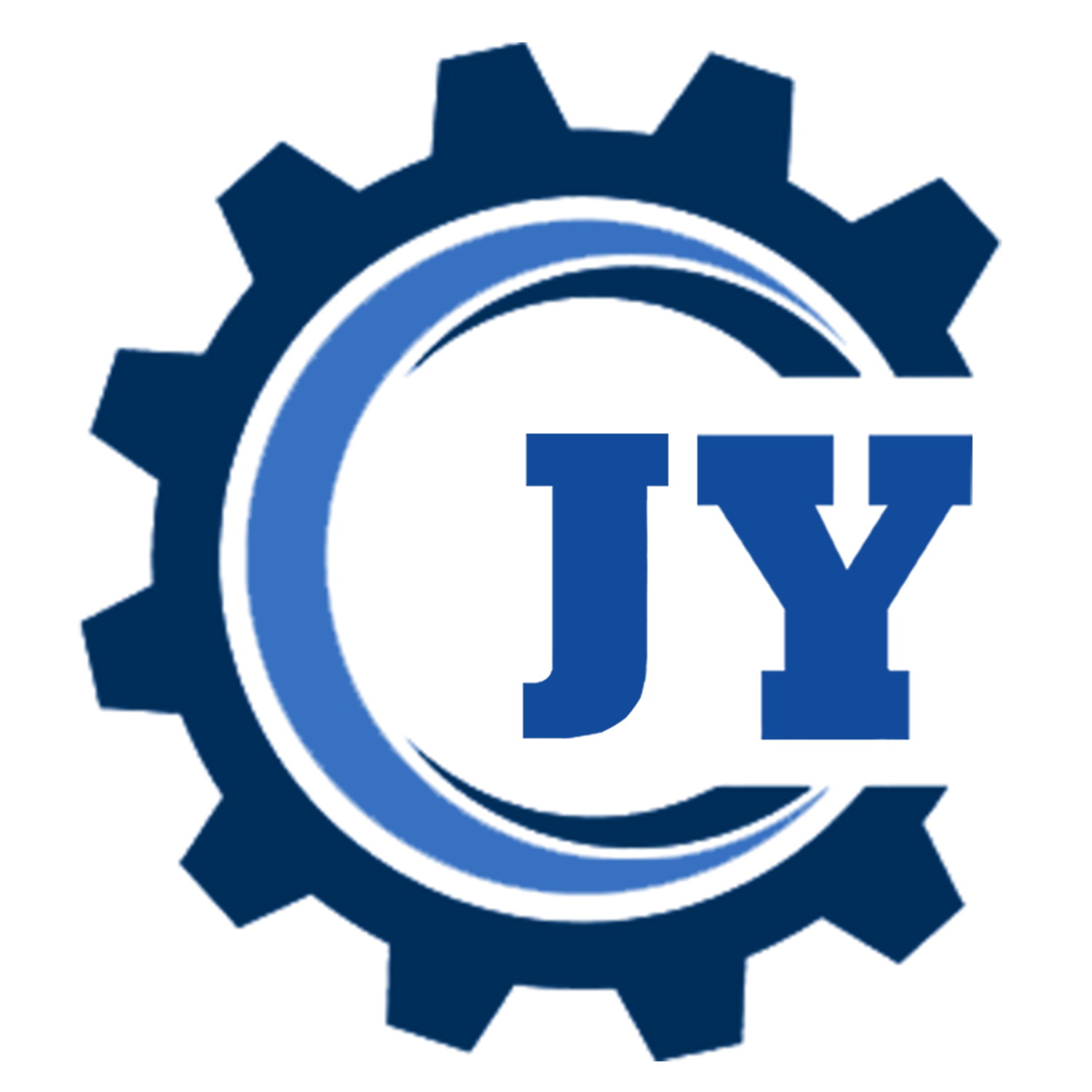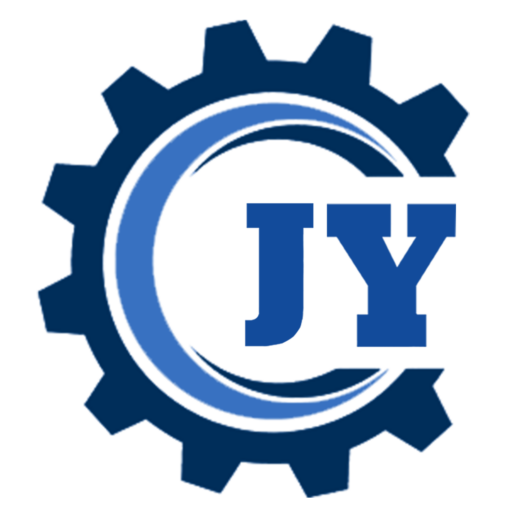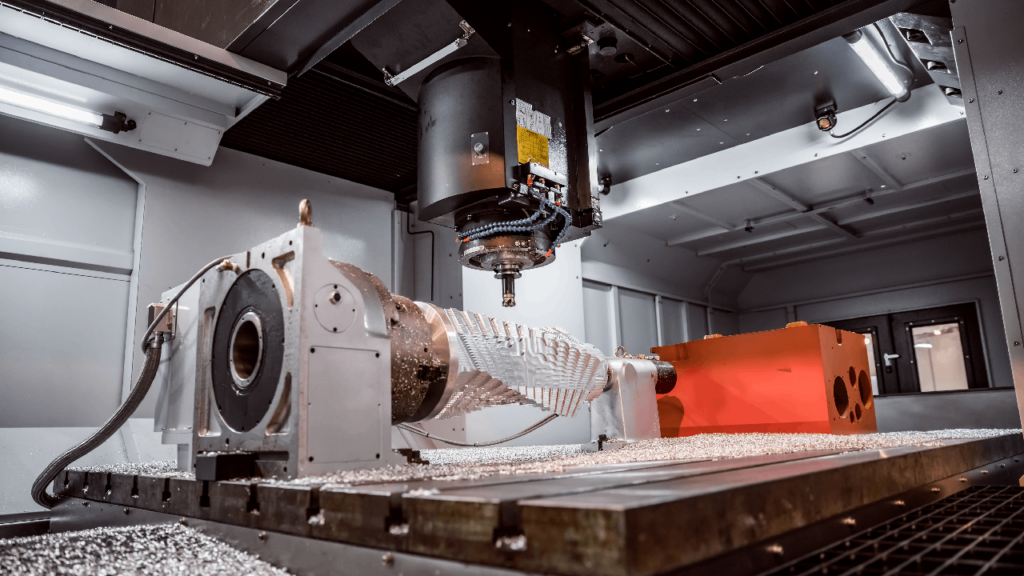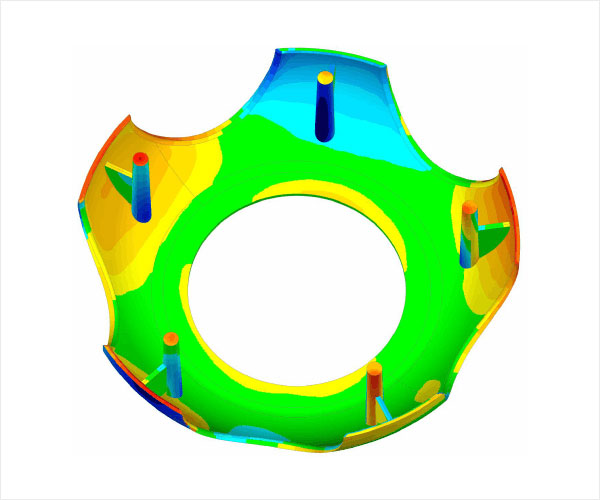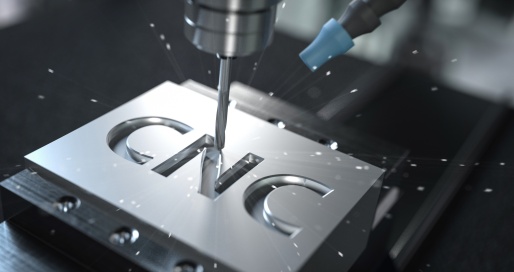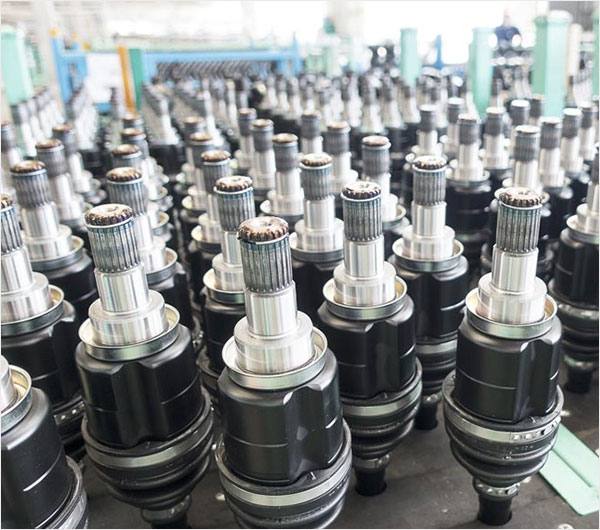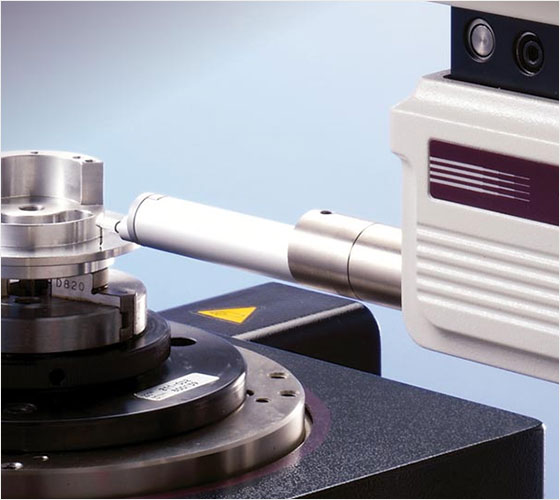Thread milling is a high-precision machining process essential in industries requiring accurate, strong, and versatile threads. As a mechanical processing factory, mastering advanced thread milling techniques can enhance product quality, improve cycle times, and expand the range of materials you can machine effectively. This article explores the technical aspects, tooling considerations, and applications of thread milling, showcasing its advantages over conventional tapping methods.
Why Thread Milling? Key Advantages Over Tapping
Thread milling offers distinct benefits over traditional tapping, especially for larger-diameter threads or hard materials. Unlike tapping, where a specific tool diameter matches each thread size, thread milling uses a single tool for various sizes, improving flexibility and reducing tool inventory. Key advantages include:
- Higher Precision: Thread milling enables fine adjustments for pitch diameter, helping maintain tight tolerances and enhancing dimensional accuracy.
- Stronger Threads: With a thread profile created in a circular motion, thread milling produces stronger threads due to better material flow and minimized residual stress.
- Improved Tool Life: Compared to taps, thread mills experience less wear as they cut material progressively, making them ideal for hard metals and composites.
- Flexibility: A single thread mill can cut a range of thread sizes, simplifying tool setups and increasing adaptability in machining operations.
Types of Thread Milling Techniques
Different thread milling techniques can be tailored for specific materials, thread sizes, and precision levels:
Single-Point Thread Milling: This method uses a single-point tool for producing larger threads or unique pitches. Single-point thread milling allows for high accuracy but requires slower machining speeds.
Helical Interpolation Thread Milling: This is the most common method in CNC thread milling, involving a helical path to produce precise internal or external threads. It’s suitable for high-speed applications, allowing rapid material removal with excellent accuracy.
Multi-Point Thread Milling: Using multiple teeth along the tool, this method is efficient for small to medium-sized threads, balancing speed with accuracy. Multi-point tools work best for high-production environments requiring consistent thread quality.
Essential Tooling for Thread Milling
Selecting the right thread mill and optimizing tool parameters are essential for achieving high-quality threads. Key considerations include:
Tool Material and Coatings: Carbide tools, often coated with titanium aluminum nitride (TiAlN) or diamond-like carbon (DLC), withstand high temperatures and reduce wear. Coatings improve tool lifespan and performance in high-speed applications, especially when machining hard metals like stainless steel or titanium.
Helix Angle and Flute Design: The helix angle and flute count impact chip evacuation and cutting forces. Higher helix angles facilitate smoother cutting and improved chip control, which is critical in blind holes where chip buildup can damage threads.
Thread Mill Geometry: Choose thread mills with optimal flute design and shank diameter for your specific thread dimensions. A reduced shank diameter allows for deeper threading without interference, ensuring consistent thread quality in difficult-to-reach areas.
Optimizing Cutting Parameters in Thread Milling
Precision in thread milling is achieved by optimizing cutting parameters, such as:
Cutting Speed: Adjust speeds based on material hardness and tool coating. Higher speeds suit softer materials, while harder materials require slower speeds to minimize heat and tool wear.
Feed Rate: The feed rate should be set according to the thread mill diameter and pitch, as excessive feed rates lead to poor thread quality and tool failure. Gradually increasing feed rates after initial engagement can help maintain thread integrity.
Depth of Cut: A conservative initial depth of cut helps avoid tool breakage, particularly in tough materials. Incremental cuts reduce stress on the tool and produce a cleaner thread profile, especially in deep holes.
Applications of Thread Milling in Various Industries
Thread milling’s versatility makes it indispensable in sectors requiring high-strength, precision-threaded components:
Aerospace: Aerospace components, including engine mounts and fuel system parts, require exacting thread specifications. Thread milling ensures durable threads in high-stress applications, providing superior fatigue resistance.
Automotive: Thread milling allows for quick and accurate threading in automotive components, such as cylinder heads and transmission parts, where tolerance and strength are crucial for performance and longevity.
Medical Devices: Thread milling produces smooth threads essential for medical implants and devices. With precision and burr-free finishes, thread milling meets stringent cleanliness standards required for medical components.
Energy Sector: In applications like oil and gas exploration, thread milling provides robust threads capable of withstanding extreme pressures and temperatures, ensuring reliable performance in pipelines and drilling equipment.
Troubleshooting Common Challenges in Thread Milling
Even with optimized parameters, thread milling can present challenges. Here are some common issues and solutions:
Chatter and Vibration: These are often caused by incorrect feed rates or excessive tool overhang. Reduce overhang or adjust cutting parameters to minimize chatter, using tools with variable helix angles for further vibration damping.
Poor Chip Evacuation: Chips can accumulate in blind holes, leading to thread defects. Using a tool with a suitable helix angle and applying air or coolant flow can prevent chip buildup and improve surface finish.
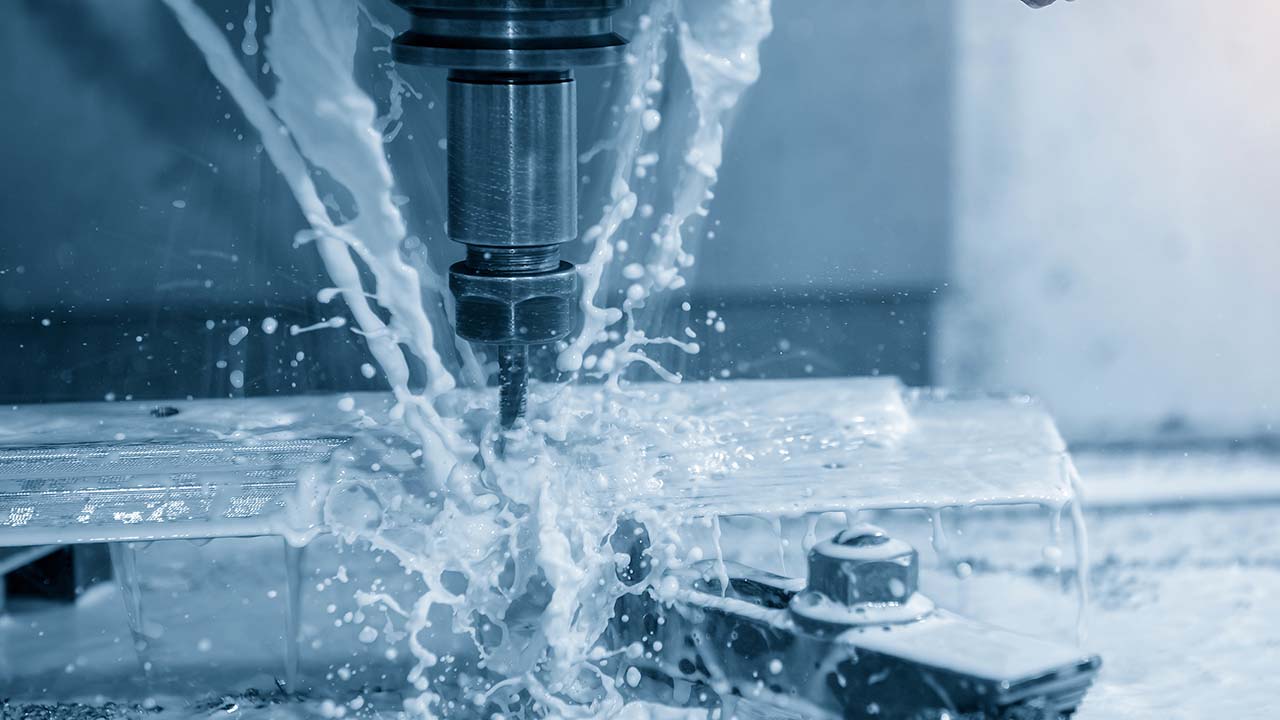
Tool Breakage: Breakage is often due to incorrect cutting speeds, feed rates, or inadequate lubrication. Review cutting parameters and tool geometry to ensure proper engagement and reduce stress on the tool.
Advancements in CNC Technology for Enhanced Thread Milling
With advancements in CNC and tooling technology, thread milling has become increasingly precise and efficient. Recent innovations include:
CNC Programming for Adaptive Threading: CNC machines equipped with adaptive control software can adjust parameters in real time, ensuring accuracy across different material types and thread geometries.
Live Tool Monitoring: Modern CNC systems use sensors to monitor tool wear and breakage, alerting operators to potential issues and reducing scrap rates.
Tool Libraries and CAM Software Integration: Advanced CAM software includes pre-configured thread milling cycles, allowing operators to select the ideal settings based on material properties, tool geometry, and thread type. This reduces setup time and ensures consistent results across different production runs.
Conclusion
Precision thread milling is a critical process in CNC machining, delivering high-strength, accurate threads for various industries. For machining shops looking to improve versatility and efficiency, investing in high-quality thread milling tooling and optimizing machine settings offers significant advantages. By mastering advanced thread milling techniques, your factory can meet the demand for complex, high-tolerance parts that industries increasingly require.

